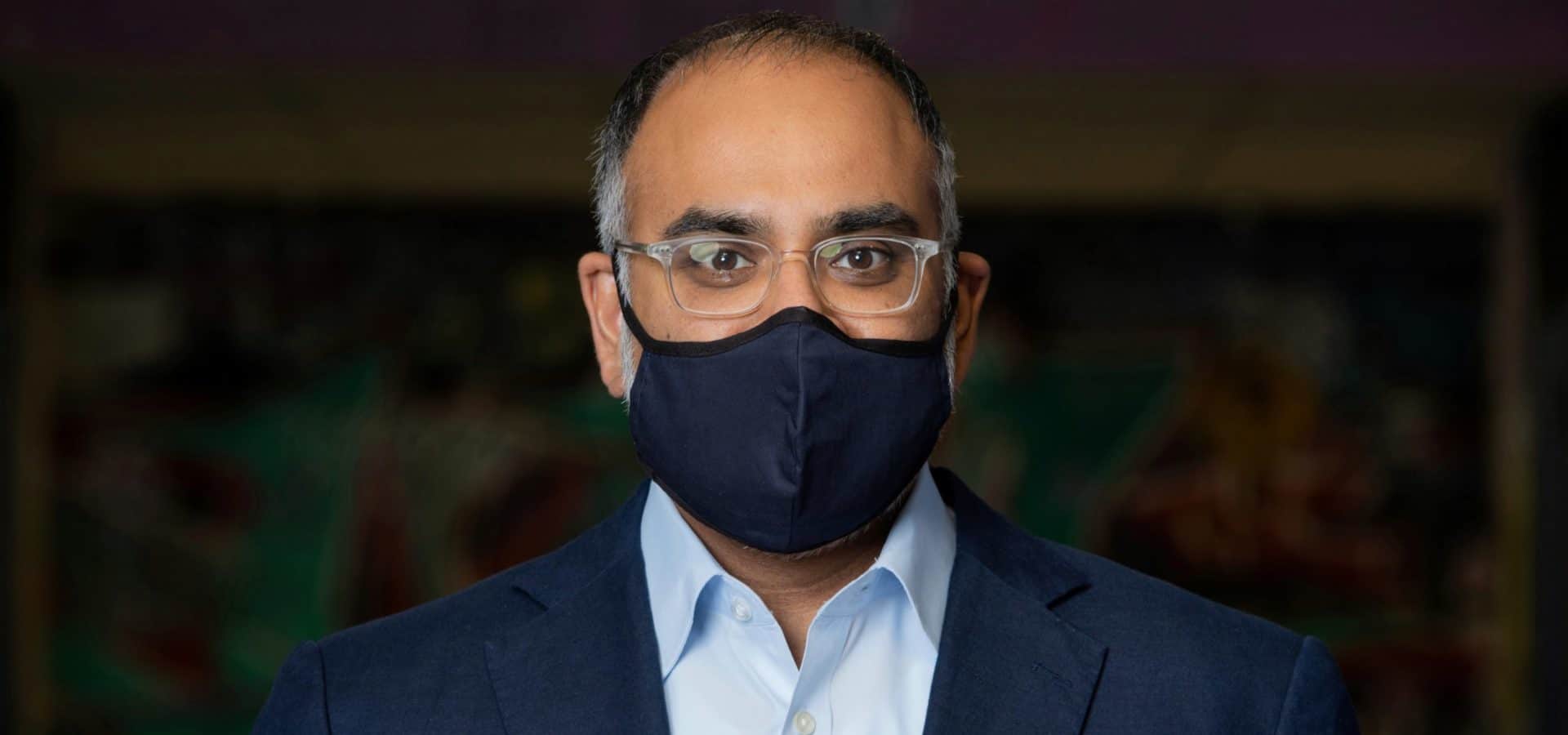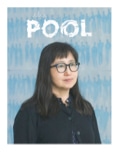In a testament to her creative intellect, poet and translator Don Mee Choi (Art BFA 84, MFA 86) joined this year’s class of MacArthur Fellows—that high honor many of us know as the “genius” grants.
The MacArthur Foundation, which generally awards the honor mid-career for exceptionally creative people, doesn’t use that unofficial nickname. In a 2013 commentary, foundation Managing Director Cecilia A. Conrad described the “genius” term as “both too narrow and too broad” for the fellowships.
Still, the program can’t shake the tag. The label reminds us that popular culture fetishizes the idea of genius. So many are drawn to the intrigue, the romantic vision of a tortured recluse in an attic or basement lab whose mysterious brilliance breeds self-isolation.
Because you’re reading The Pool, you know the deep flaws of this fanciful fetish. CalArtians understand “genius” not as some spontaneous, mythical thunderbolt that strikes only a relative handful. Rather, we know it to be a combination of both inborn gifts and the deliberate incubation of those gifts.
The truth is, artists of enormous potential live throughout the world, but only a fraction have the chance to incubate and maximize that talent. Access to such support varies enormously—incubation isn’t equitable. The unequal distribution of resources and opportunity makes universal fulfillment of creative genius for all who deserve it practically impossible.
But there’s reason for hope. More and more, society is waking to the reality and effects of the inequities rooted everywhere. More of the public is willing to confront yawning gaps in opportunity that leave too much “genius” untapped and undeveloped.
At CalArts, we should be proud that the Institute has long understood that genius shows up in a wide variety of ways, often undetectable through conventional measures. Since Day 1, our admissions process hasn’t looked at grade transcripts and standardized test scores when gauging potential. We look for original thought, a generative impulse, and a creative mind that engages the world. Assessing this takes more time and effort than a simple check of scores, but it reveals more meaningful indicators that conventional practices miss. It lets us spot “genius” often before the rest of the world notices.
When artists join the CalArts community, each comes at a different point in the incubation process. But all gain a transformative community at their backs—a whole community helping to transform them as we all seek to transform the world.
Of course, we can always do more. Our 2020 Strategic Framework prioritizes eliminating hurdles to access our community, better extending the impact of our educational mission. This academic year, we’ll begin working on detailed action plans that translate our goals into the practical work of the coming years.
Done well, our focus on access will better empower CalArts to help more artists unlock their “genius,” focusing heavily on those once left out of the arts community.
“Genius is not an absolute but a human construct that’s dependent on time, place, and culture,” wrote Craig Wright, professor emeritus of music at Yale University and a member of the American Academy of Arts and Sciences, for the charity Aeon. “Similarly, genius is relative. Some people change the world more than others.”
Far from the image of the cloistered, tortured imaginative type, artists—creative, generative geniuses—walk among us. They aren’t hidden away or destined for lives of hardship; nor are they necessarily famous or rich, any more than anyone else.
Instead, the vast majority are somewhere in the middle: building fulfilled lives of purpose, landing an impact in their communities, and helping their neighbors and friends understand the world around them. Their genius fosters a sensibility of truth, a lens that lets us think through humanity’s big questions.
In this issue of The Pool, you’ll read stories of how fellow CalArtians—including new MacArthur Fellow Don Mee Choi—are harnessing their genius to unfurl truths through art. This issue pays particular tribute to those whose paths to success haven’t necessarily followed a straight line. In their stories, we see the nature of genius that Wright captures: that our genius ebbs and flows depending on when, where, and how we find ourselves in life.
Maturation of “genius” is rarely how we imagine it—and that’s OK. What matters more is that, as artists, we strive constantly to cultivate and support that genius in one another, to lure potential from the corners and into the light.
I’m eager for your partnership as CalArts actively recommits itself to that work for the years ahead.







